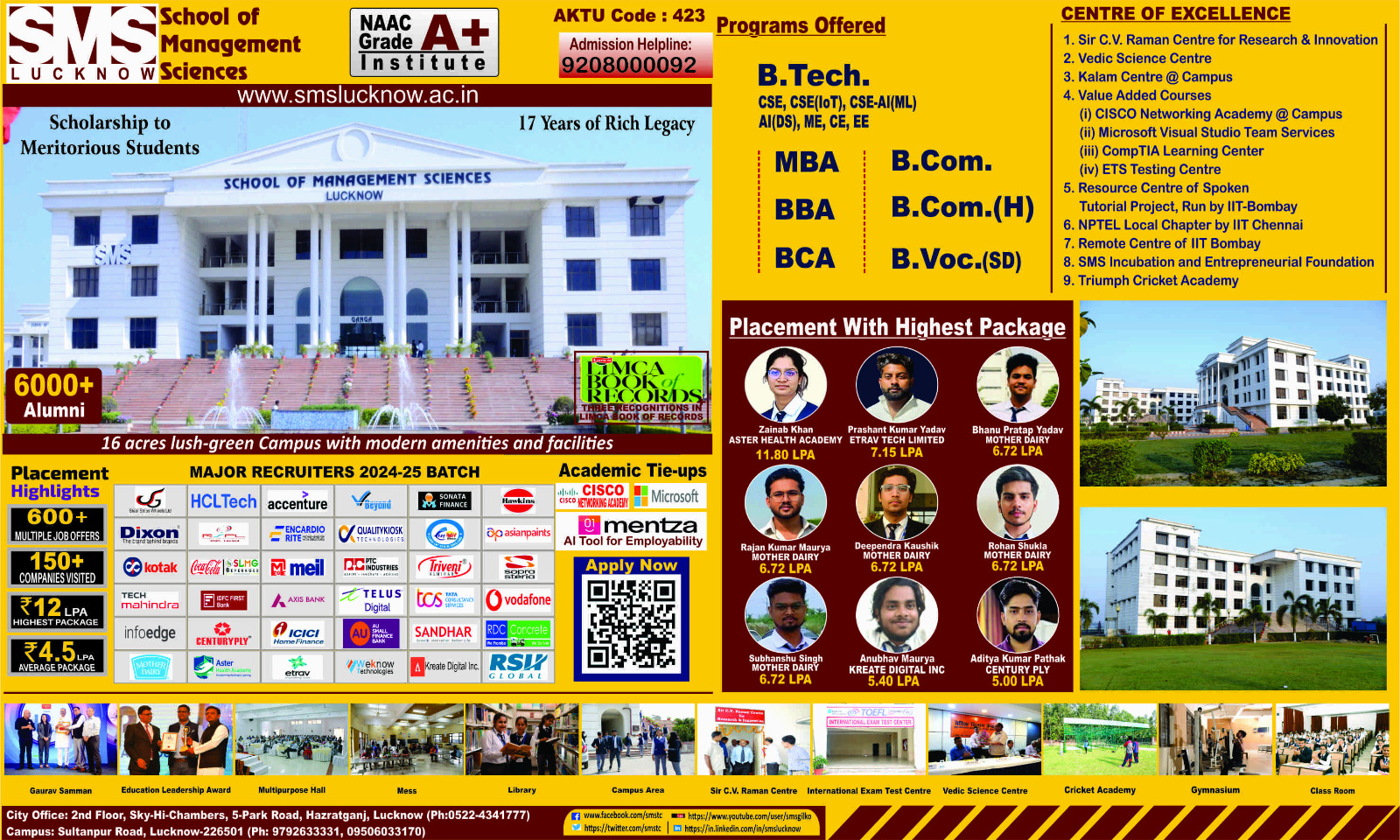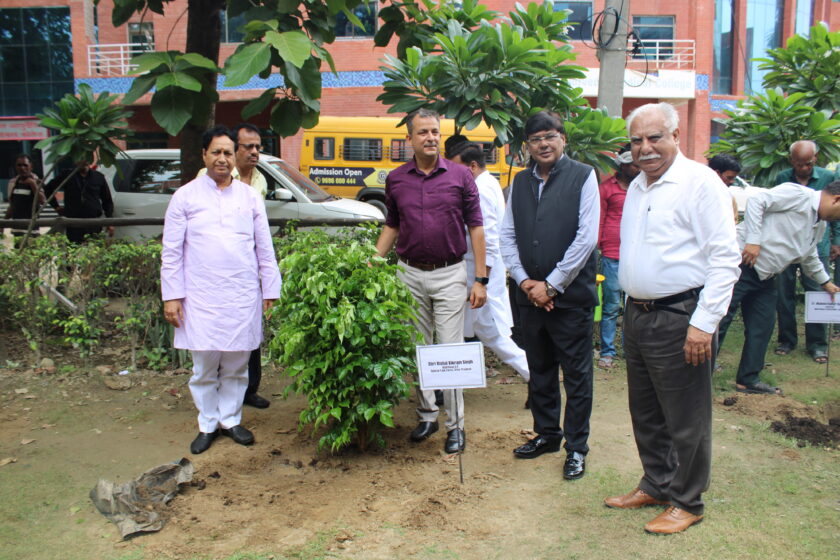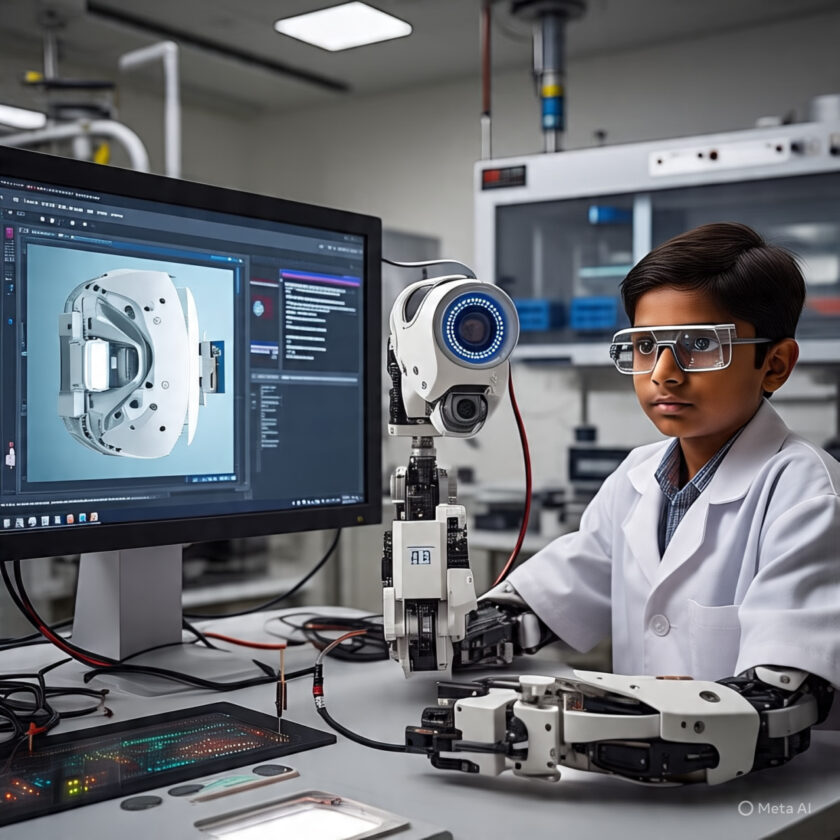(Lucknow): Is Technology Altering Our Brain’s Ability to Understand Sound?
In a world where hearing seems like a straightforward process, a growing number of young people are experiencing challenges that go beyond just hearing sounds—they’re struggling to understand them. Recently, experts have noted an increase in cases of Auditory Processing Disorder (APD), a condition where the brain has difficulty processing sounds, despite normal hearing abilities. Unlike traditional hearing loss, which results from damage to the ears, APD interferes with how the brain interprets auditory information. This neurological disorder is affecting an alarming number of children, making it harder for them to follow conversations, distinguish similar sounds, or understand verbal instructions. Could modern technology, including the widespread use of noise-cancelling headphones, be contributing to this trend? Let’s dive deeper into the causes of APD and its connection to contemporary lifestyle habits.
Understanding Auditory Processing Disorder (APD)
APD is a condition where the brain has trouble making sense of the sounds it hears, even though the ears are functioning properly. The result is difficulty in identifying the source of sounds, distinguishing between similar sounds, and following verbal instructions—particularly in noisy or crowded environments. Research suggests that about 3-5% of school-aged children are affected by APD, leading to struggles in school, social interactions, and overall communication.
Is Technology to Blame?
Noise-cancelling headphones, designed to enhance the listening experience by blocking external noise, may inadvertently be playing a role in the rise of APD. While these devices are increasingly popular among young people for tasks like studying, commuting, or exercising, experts have raised concerns about their long-term impact on auditory development. Prolonged exposure to these headphones, especially at high volumes, could interfere with the brain’s ability to naturally filter and process sounds. As a result, the brain may not develop the necessary skills to interpret auditory signals effectively, which could exacerbate APD symptoms.
How APD Affects Daily Life
To understand the full impact of APD, it’s important to recognise how the auditory system works. Sound waves create vibrations that travel through the eardrum and inner ear, eventually being converted into electrical signals that are sent to the brain for interpretation. When APD disrupts this process, individuals may face the following challenges:
– Difficulty understanding conversations in noisy environments.
– Struggles with reading, spelling, and comprehending language.
– Trouble remembering verbal instructions or keeping up with fast speech.
What Causes APD?
Several factors can contribute to the development of APD, including:

– Neurological Conditions: Disorders affecting the central nervous system can impair auditory processing.
– Genetics: APD can run in families, suggesting a genetic predisposition.
– Ear Infections: Repeated ear infections during early childhood can disrupt the development of the auditory system.
– Head Injuries: Injuries to the head can damage areas of the brain involved in processing sound.
Can APD Be Prevented or Managed?
Although there’s no cure for APD, there are several strategies to manage and mitigate its effects:
– Limit Headphone Use: Reducing the frequency and volume of noise-cancelling headphone use can help preserve healthy auditory processing.
– Modify the Environment: Minimising background noise in homes or classrooms can make it easier for those with APD to focus and comprehend speech.
– Speech and Auditory Therapy: Specialised therapy can train the brain to better interpret auditory information.
– Assistive Devices: Tools such as amplifiers or recording devices can help individuals process spoken information more clearly.
– Develop Coping Mechanisms: Techniques like active listening, breaking information into smaller chunks, and focusing on visual cues can help improve communication.
Raising Awareness and Taking Action
As the incidence of APD continues to rise among young people, it is crucial to raise awareness and adopt preventive measures. Technology, while providing many benefits, may also be inadvertently compromising our ability to process sound effectively. By balancing the advantages of modern devices with a focus on healthy auditory development, we can protect our hearing and ensure that future generations can both hear and understand the sounds around them. Developing smarter listening habits and fostering a better understanding of APD will play a key role in safeguarding auditory health in an increasingly noisy world.





